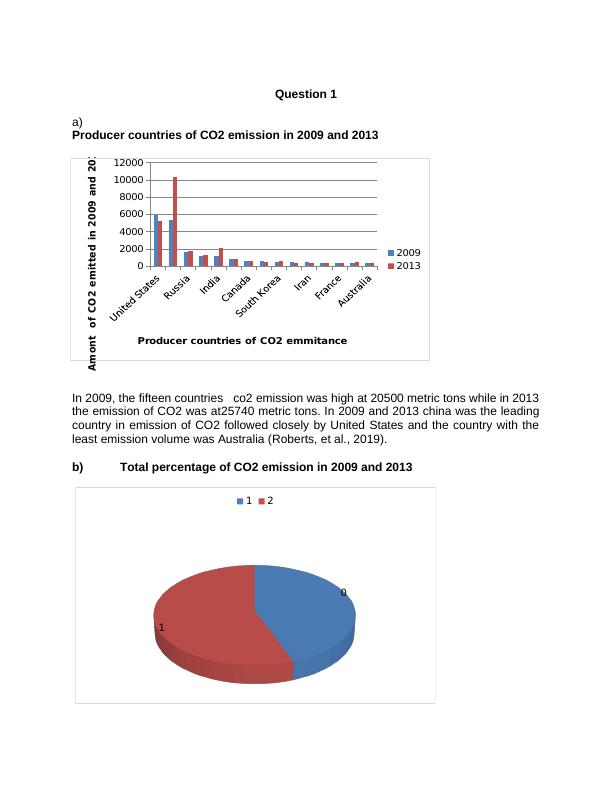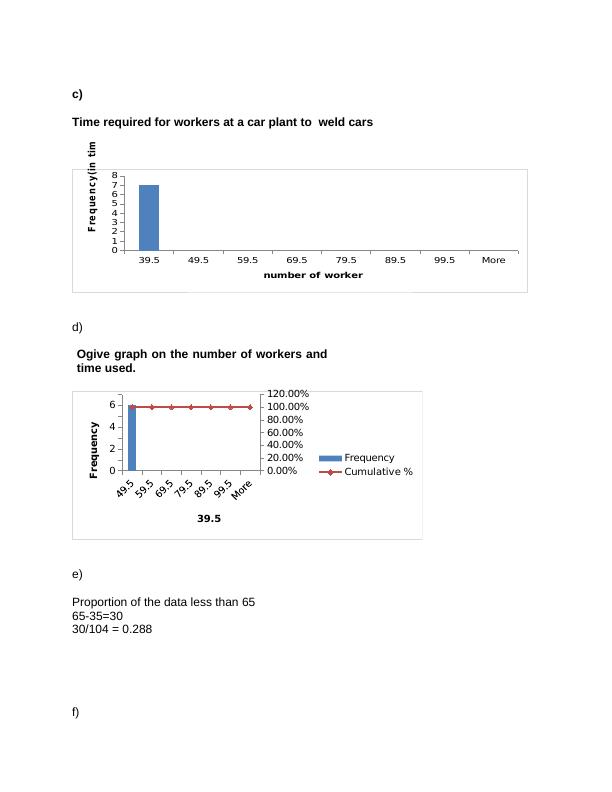Analysis of CO2 Emission, Welding Time, and Inflation Rate in Australia
Added on 2022-10-11
7 Pages880 Words269 Views
End of preview
Want to access all the pages? Upload your documents or become a member.
Statistics And Research Methods for Business
|6
|700
|35
Statistics: CO2 Emissions, Welding Time Data Analysis, Inflation Rates and All Ordinaries Index
|12
|1201
|393
Statistics Assignment with CO2 Emission and Regression Analysis
|10
|703
|79
Statistics and Research Methods in Business Decision Making
|14
|1681
|39
Statistics for Business: Carbon Emissions, Frequency Distribution, Time Series Plots
|10
|776
|110
Statistics and Research Methods in Business Decision Making Research 2022
|11
|782
|20



